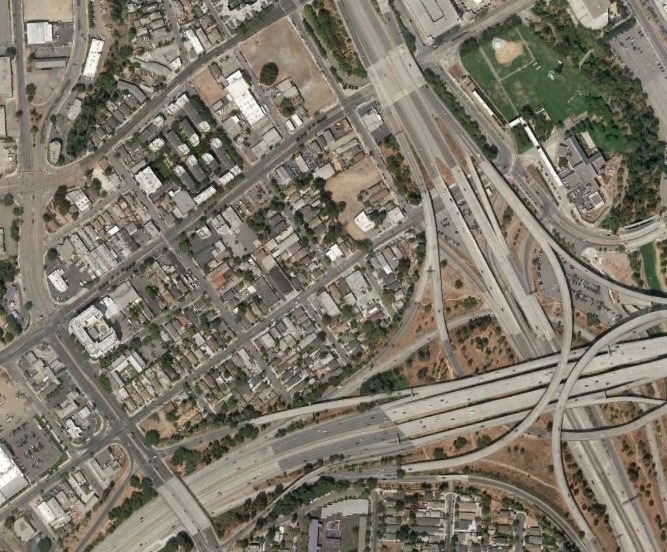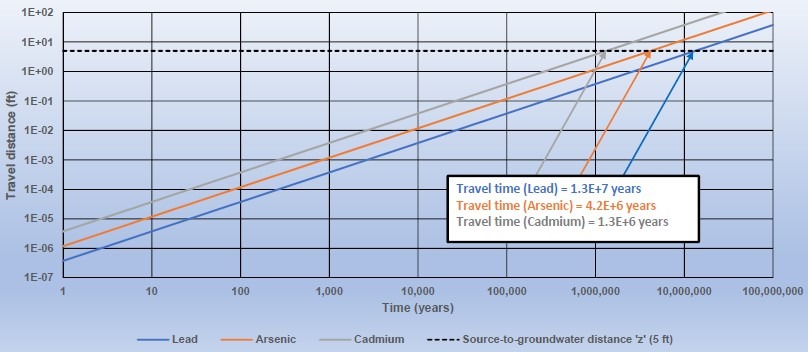TH&Co professionals have more than 25 years of experience in developing qualitative conceptual site models and then applying or developing appropriate deterministic (analytical and numerical) and probabilistic analytical modeling codes to assess contaminant transport and conducting sensitivity analyses to identify data needs and reduce uncertainty in model predictions. Our modeling capabilities include:
- Vapor intrusion / unsaturated zone flow and fate-and-transport
- Saturated zone (groundwater) flow and fate-and-transport
- Near-shore tidal modeling
- Linked saturated zone / surface water fate-and-transport
Vapor Intrusion Modeling
TH&Co conducts vapor intrusion modeling on a nearly continual basis to characterize the risk to human health associated with the vapor inhalation exposure pathway. TH&Co routinely develops deterministic and probabilistic vapor intrusion models to simulate the migration of volatile chemicals in the subsurface upward into buildings, outdoor spaces, and construction/utility trenches for current and proposed residential and commercial/industrial properties. Model predictions are combined with Federal, State, and local regulatory risk screening levels to derive health-protective concentrations and quantify the risk to human health. In addition to the modeling, TH&Co regularly provides consulting services to establish defensible values for the primary model input parameters (e.g., soil characteristics and building ventilation).
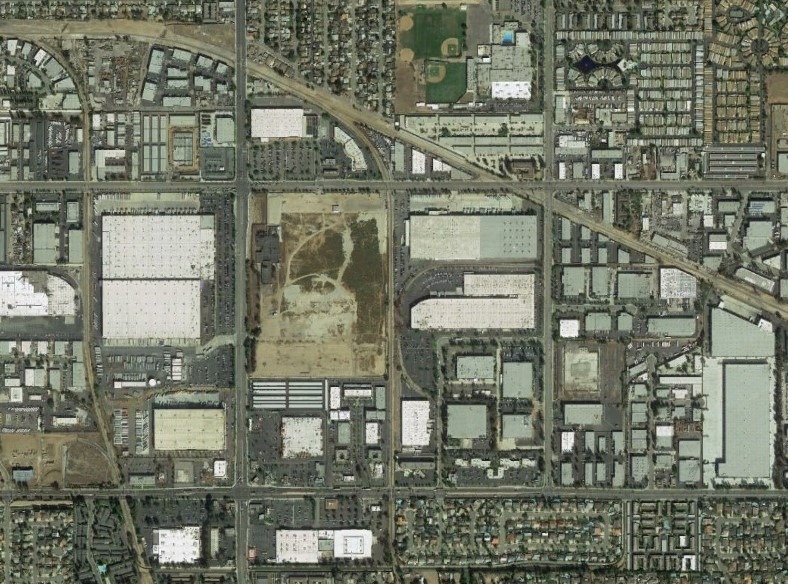
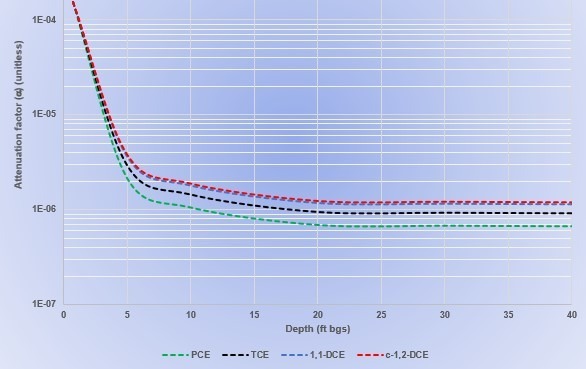
Leaching Modeling
TH&Co regularly uses leaching models that account for aqueous- and vapor-phase transport through the unsaturated zone. The leaching models are commonly coupled to a saturated zone model to predict chemical concentrations in groundwater over time at a given location in support of risk assessment and/or site characterization.
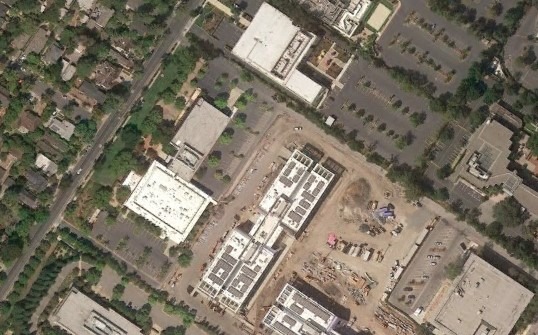
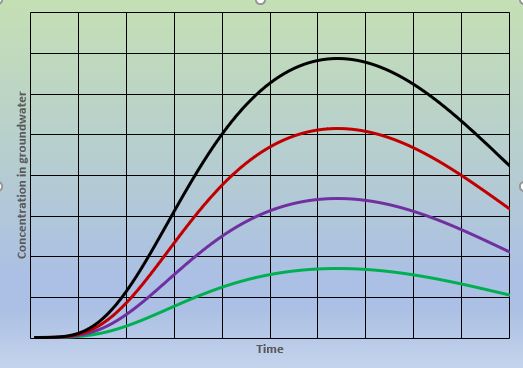
Groundwater and Intertidal Zone Modeling
TH&Co programmed a tidal-influence groundwater / solute transport model and coupled it to a tidal-influence surface water model to assess transport of volatile organic compounds and pesticides into, and subsequent mixing within, the intertidal zone of the San Francisco Bay. TH&Co staff installed, continuously logged, and developed several groundwater monitoring wells, in which they installed pressure transducers to obtain continuous tidally-influenced groundwater elevation measurements which were subsequently used for model calibration.
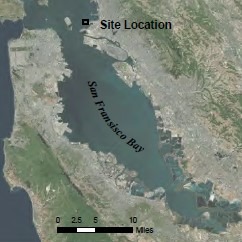
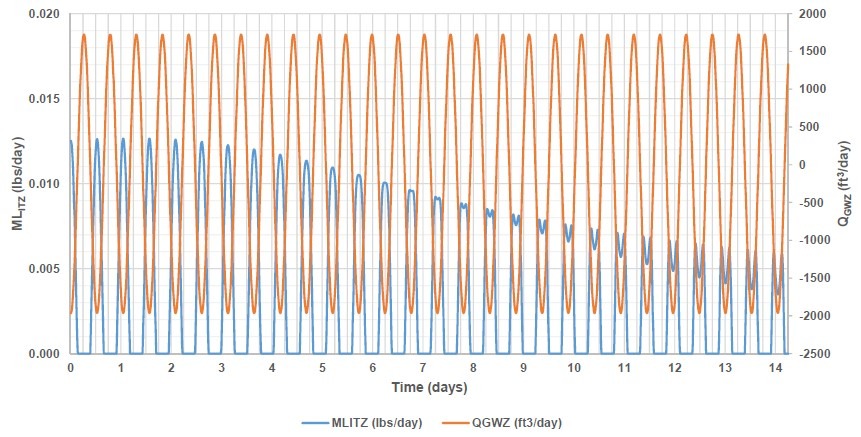
Probabilistic Solute Transport Modeling
TH&Co generated statistical distributions for hydrogeologic input parameters for a groundwater solute transport model. The model was then run probabilistically to estimate the potential downgradient extent of aqueous-phase contaminants in a regional aquifer.
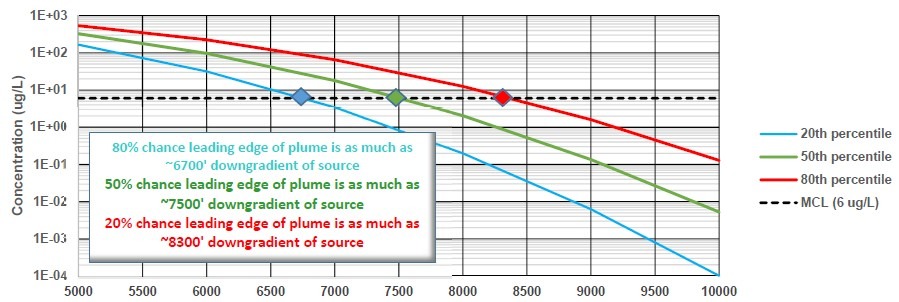
Deterministic Solute Transport Modeling
TH&Co conducted solute transport modeling to assess the downgradient extent of methyl tertiary butyl ether (MTBE) in groundwater.
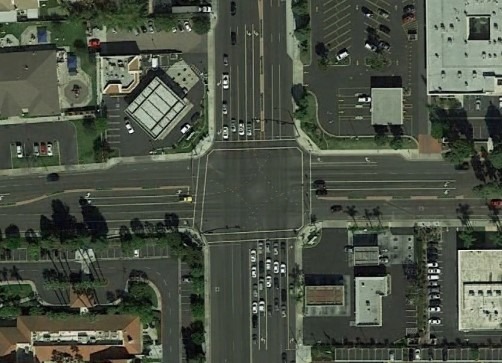
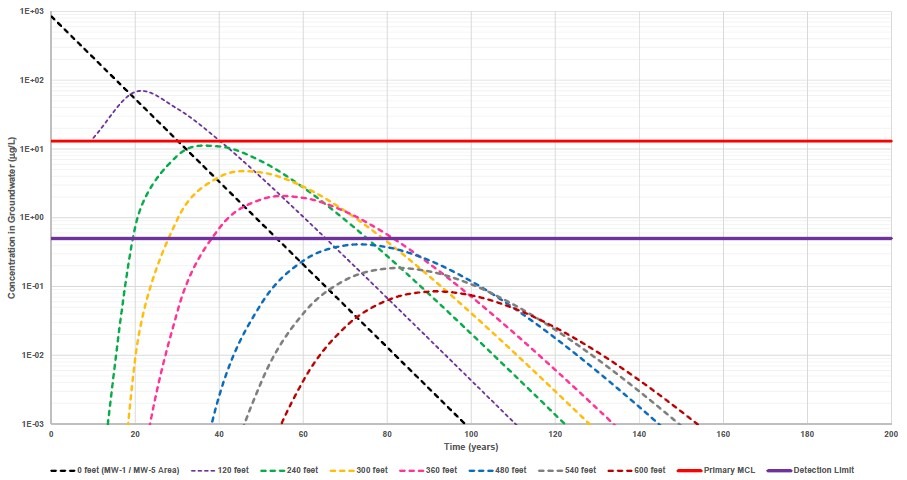
Failure Analysis
TH&Co staff developed a probabilistic groundwater / solute transport model accounting for advection, dispersion, biodegradation, and remediation via groundwater extraction to assess the potential for contaminants being actively remediated to migrate through a remedial slurry wall. The analysis focused on establishing the maximum allowable concentration beyond the capture zone of the groundwater remedial system but inside the slurry wall such that concentrations outside the slurry wall would not reach unacceptable levels.
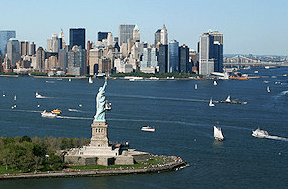
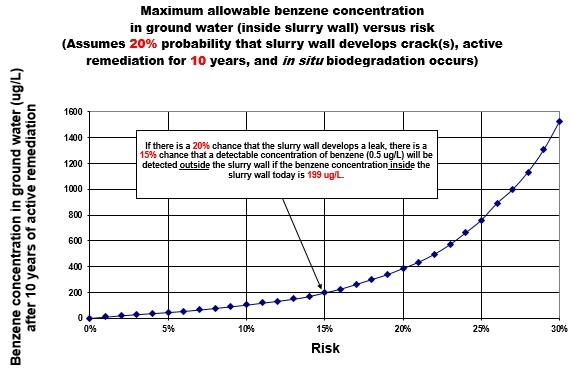
Backfill and Cap Evaluation
TH&Co conducted solute transport modeling to predict both travel time and future concentrations of lead, arsenic, and cadmium in groundwater under a redevelopment plan that included burial of soil impacted with these essentially immobile metals and subsequent installation of an engineered cap/cover at the ground surface such that the impacted soils would extend from just beneath the cap to within 5 feet of the water table.
